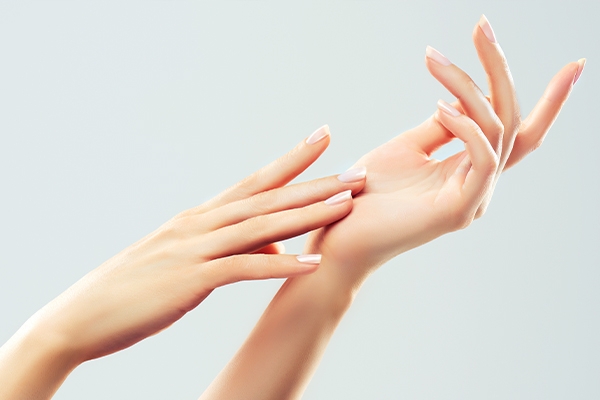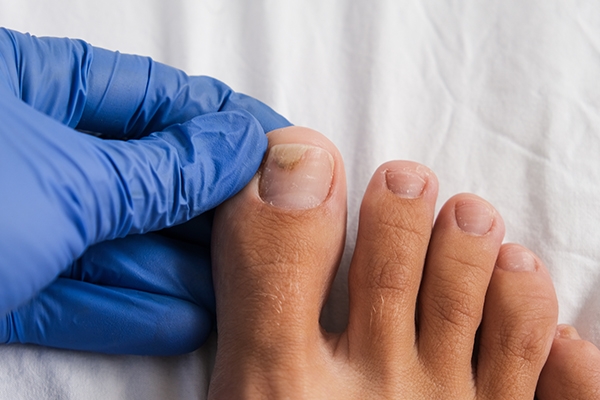Common Nail Problems and When to Remove Them

“Doc, my nails are ingrown! What’s wrong?” “I like wearing high heels, but why are my nails turning black?”
Nail health is often ignored, even though nail problems can be alarming in function and appearance. Ingrown toenails and black nails due to wearing inappropriate shoes are common complaints.
Did you know that our nails have many functions? In addition to being used to pick up small objects and scratch itchy body parts, nails also act as an aesthetic element on the body. Nails protect the fingertips, help us feel touch, and even regulate blood circulation in the fingertips.
Healthy nails are usually smooth with an even color. However, sometimes nails experience problems that make them look unhealthy.
Some signs to watch out for include nail stains, changes in color and thickness, and unusual nail shapes. Sometimes these signs can be accompanied by bleeding, swelling, redness and pain around the nails, and peeling of the nails from the skin.
Various nail abnormalities that may need to be removed

Nail abnormalities can be caused by a variety of disorders, such as injury or infection, and can often be a sign of a particular disease. Treatment for these abnormalities can be done depending on the cause.
In some cases, the nail may need to be removed whole or in part. A common minor surgical procedure for nail avulsion involves separating the nail plate from the surrounding structure.
Conditions that may require nail removal include:
1. Ingrown nail
Ingrown nails are one of the nail problems. This occurs when the skin around the outer nail fold is traumatized by adjacent nails. Risk factors for this condition include cutting nails too short, repeated toe injuries, wearing tight shoes, or nail infections.
Symptoms include pain, redness, and swelling in the presence of fluid and pus in the tissue around the tissue around the nail. Treatment for mild to moderate conditions includes wearing properly fitting shoes, soaking the toes in warm water, treating nail infections, and applying anti-inflammatory ointments. Severe and recurring cases may require surgery to remove the embedded part of the nail.
2. Onychomycosis
This is a fungal infection of the nails characterized by a change in nail color to white or yellow-brown, onycholysis (nails separating from the skin underneath), and thickening of the nail plate.
Toenails are seven to ten times more at risk of fungal infections than fingernails. Treatment for this disease usually includes oral or topical antifungal medications. If the infection does not heal or become chronic, nail avulsion may be necessary.
3. Nail injury
Trauma to the nail can cause partial or extensive damage to the nail shape. Extensive damage often requires avulsion to prevent damage to the underlying tissue from being embedded in the crushed nail fragments.
Trauma can also cause fluid or blood to accumulate in the tissue beneath the nail. This ailment usually requires nail avulsion to drain the fluid and explore the underlying tissue.
4. Paronychia
Paronychia is an infection of the tissue around the fingernail or toenail. This infection can be caused by bacterial or fungal infection. This condition occurs when there is a disruption between the nail plate layer and the proximal nail bed (away from the body).
If there is pus and swelling on the infected toe or finger is excessive, surgery is needed to remove it. In cases where the nail is slightly ingrown, the doctor can remove part or all of the nail.
How is the nail removal procedure?
The surgical procedure for nail removal is a minor surgery, using simple equipment. The doctor will inject local anesthesia into the tissue around the nail to be removed. Nail avulsion can be done partially (Ross procedure) depending on the condition of the nail.
To maintain nail health, follow these tips:
- Avoid biting or picking your nails.
- Keep your nails dry by drying your hands and feet after they come into contact with water.
- Wear rubber gloves or disposable plastic gloves to protect your hands from excessive exposure to water, detergents, and other chemicals.
- Trim your fingernails weekly, after showering, while they are still tender. However, do not cut them too short, and avoid using sharp, unclean nail clippers.
- People with diabetes should monitor their blood sugar levels and check their feet daily for paronychia or other foot problems. This is because diabetics often do not notice abnormalities in their feet.
- Wear shoes that fit your feet.
**
Don't let nail problems interfere with your activities! Treat it immediately with minor surgery services at GWS Medika Clinic, a health clinic in Jakarta.
Consult immediately, and restore your nail health before the problem gets worse. Contact us now to get the best treatment!



